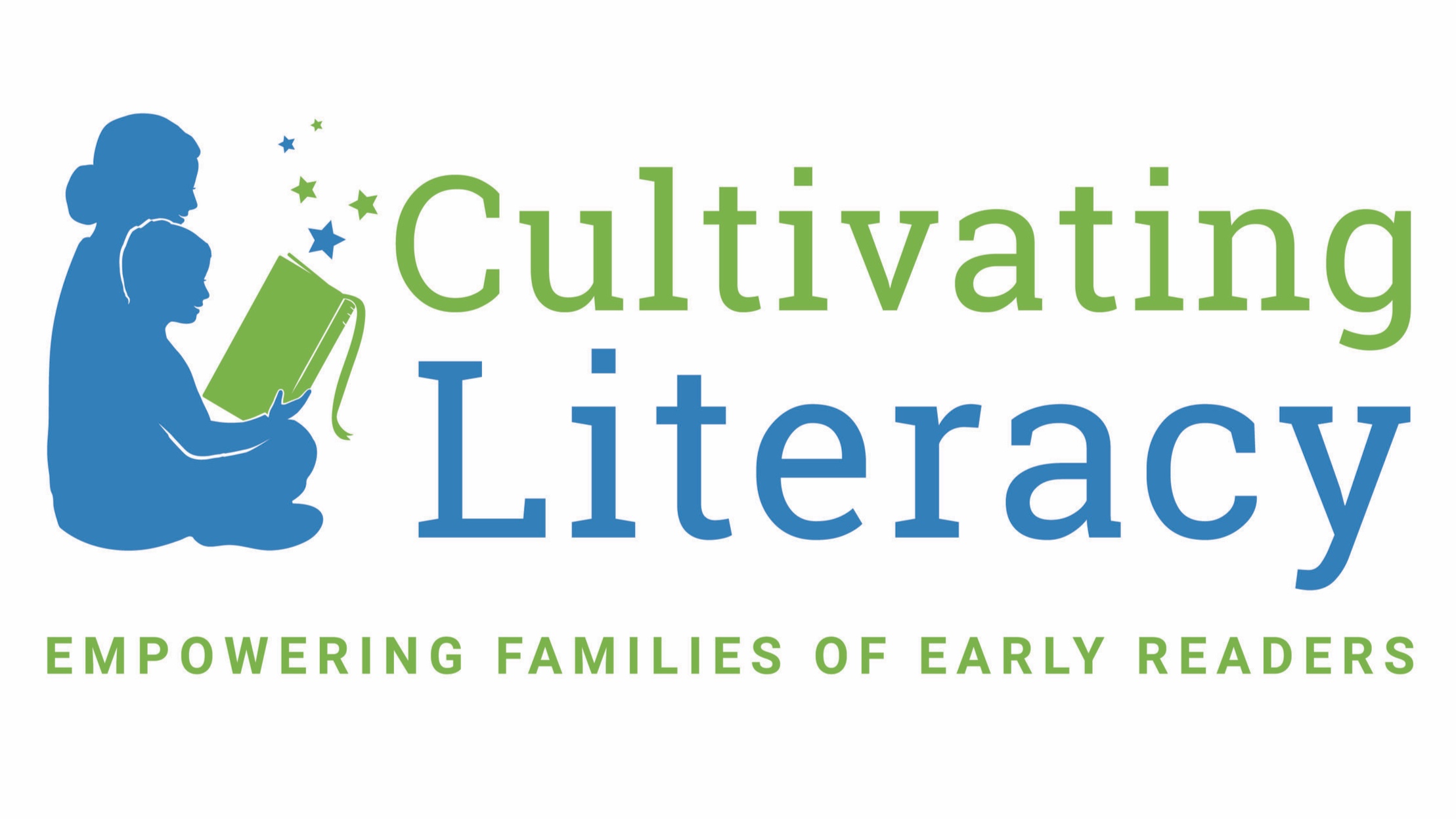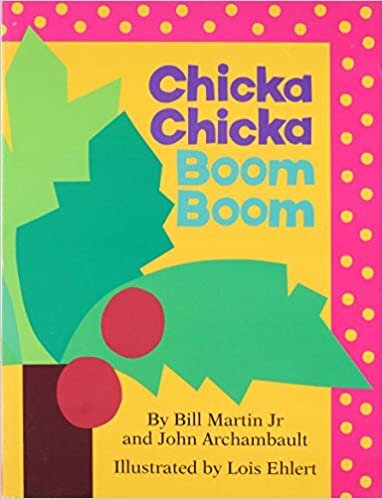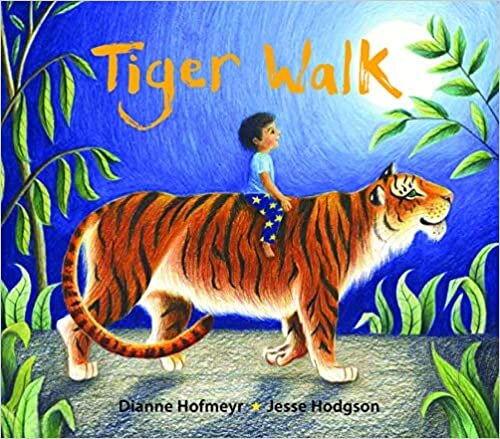What is Phonics?
Phonics is the study of letters or groups of letters and their sounds. Words are made up of letters that create sounds. Together these sounds create a spoken word. As an individual reads, they must identify letter(s) and their sounds and blend these sounds together to read a word. This is called decoding. Decoding and comprehension are processes needed to read and understand what is being read. There are 44 sounds (phonemes) in the English language that are used to create spoken words. Understanding how a letter or letters create these sounds is called phonics. (Reutzel & Cooter, 2008, p. 26 ).
Phonics should be taught explicitly and systematically.
Explicit instruction involves introducing the letter and its sound and providing ample modeling and practice with that letter. For example, when introducing the letter A, name the letter and show its shape. Then, show the child how to form the letter and provide examples of words that contain that letter’s sound. For example, ant, astronaut, and apple. Use pictures of these words to help reinforce the letter and its sound. Systematic phonics instruction follows the order of the language. This means introducing common letters and their sounds first before introducing letters that are less frequently used (Texas Education Association, Reading Rockets). For example, the letter A is frequently used in the English language. The letter A might be introduced before the letter Y as A occurs more frequently. Systematic instruction relates the skill back to the whole. When teaching the letter, it’s important that the child learn the letter and its sound and how it is used in a spoken word. (International Dyslexia Association, 2020).
Sample routine for teaching a letter explicitly and systematically.
Show a picture of the letter.
Provide the letter’s name and its sound.
Model the sound several times and include words that begin with this sound.
Ask the child to join you in making the sound.
Think of a fun body movement or item to help the child recall the letter and its sound.
Continue to provide practice with the letter and its sound throughout the week by providing words that contain this sound.
Ways to make phonics instruction fun!
Art
Art involves movement and expression. After teaching a letter and its sound, extend the learning by having the child create art that involves the letter being taught. For example after learning about the letter A and coming up with words that begin with A, choose a word that your child might find interesting such as alligator. Create an alligator together. As you create the alligator, you can remind your child that the letter A says /a/ as in alligator. Later on, when you review the letter and its sound, you can bring out the craft! A fun alligator craft is the Paper Chain Alligator. Watch this fun video and check out a real-life example.
Stories
Engage your child in learning about the letter and its sound by finding fun books that contain words with that letter. For example when teaching the letter C, read the story Click, Clack, Moo Cows That Type by Doreen Cronin. Throughout the story, the line “Click, Clack Moo” repeats. You and your child can repeat this line together and you can remind them that the letter C says /c/ as in cow and click, and clack. This repetition helps provide your child with real opportunities to hear the /c/ sound and to see it inside of print.
Games
Playing games is a great way to help your child practice learning letters and their sounds. One fun game to play is “I Spy!” After reading a story to your child, look back through the pictures and see if you can “spy” words. For example, after reading the story, Click, Clack, Moo Cows That Type, turn to a page and say “I spy something that begins with the sound /c/. Do you?” If the child needs more clues provide a clue such as what the object looks like or is doing. For example, “I spy something that begins with the sound /c/ and is eating hay. Do you?” Answer: Cow. You can continue this exercise using letters your child has learned.
Books to promote learning:
Chicka Chicka Boom Boom by Bill Martin, Jr. and John Archambault, is a fun story with a sing-song beat that introduces children to letters and their names. This story is a great way to introduce children to the alphabet and can be revisited to help reinforce what the child is learning.
Choosing stories to help introduce and reinforce a letter and its sound is a great way to make learning fun! For example, when teaching the letter A the story, See You Later Alligator by Sally Hopgood, is a great way to reinforce the letter A and its sound. While reading, you can remind your child that the letter A says /a/ as in alligator. After reading, play an “I Spy!” game where you and your child try to find the alligator.
The letter T is another high frequently letter. A fun story to introduce the letter and its sound is Tiger Walk by Dianne Hofmeyr. This story follows a little boy named Tom and a tiger. As you read the story to your child, pause and find the words that begin with the /t/ sound and point them out to your child. Afterward, create your own story about another animal that begins with T. You can create an oral story or draw pictures together!
References:
Happy Crafty: DIY How to Make: Paper Alligators [video] Retrieved from https://www.youtube.com/watch?v=XoSF9kAWuj0
International Dyslexia Association. (2020). Retrieved from: https://dyslexiaida.org/structured-literacy-effective-instruction-for-students-with-dyslexia-and-related-reading-difficulties/
Reutzel, D. R & Cooter, R. B. (2008). Teaching children to read: (5th ed.) Pearson: Upper Saddle River, NJ.
Texas Education Association. (2002). Alphabetic Principle: Reading Rockets. Retrieved from https://www.readingrockets.org/article/alphabetic-principle






